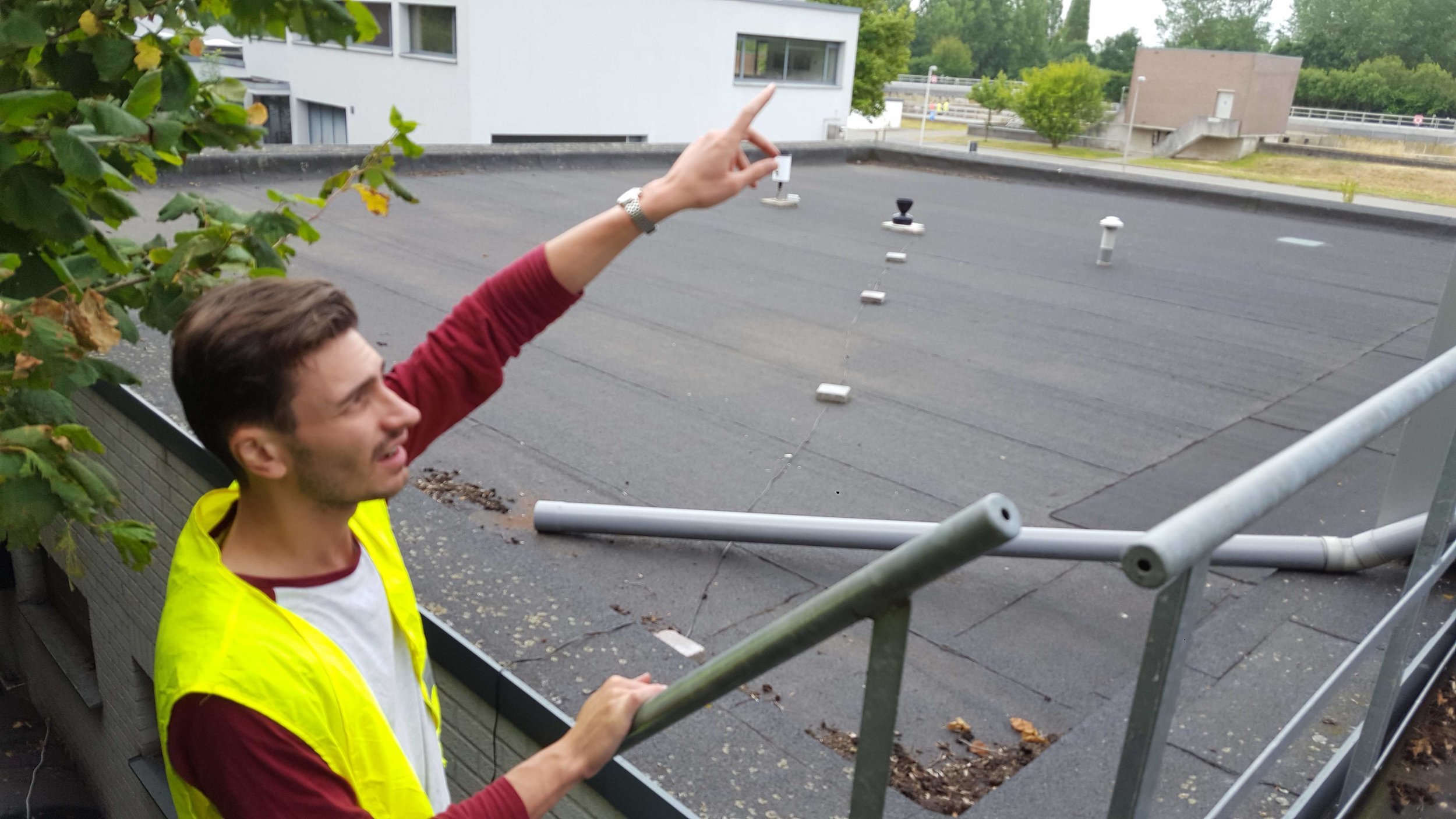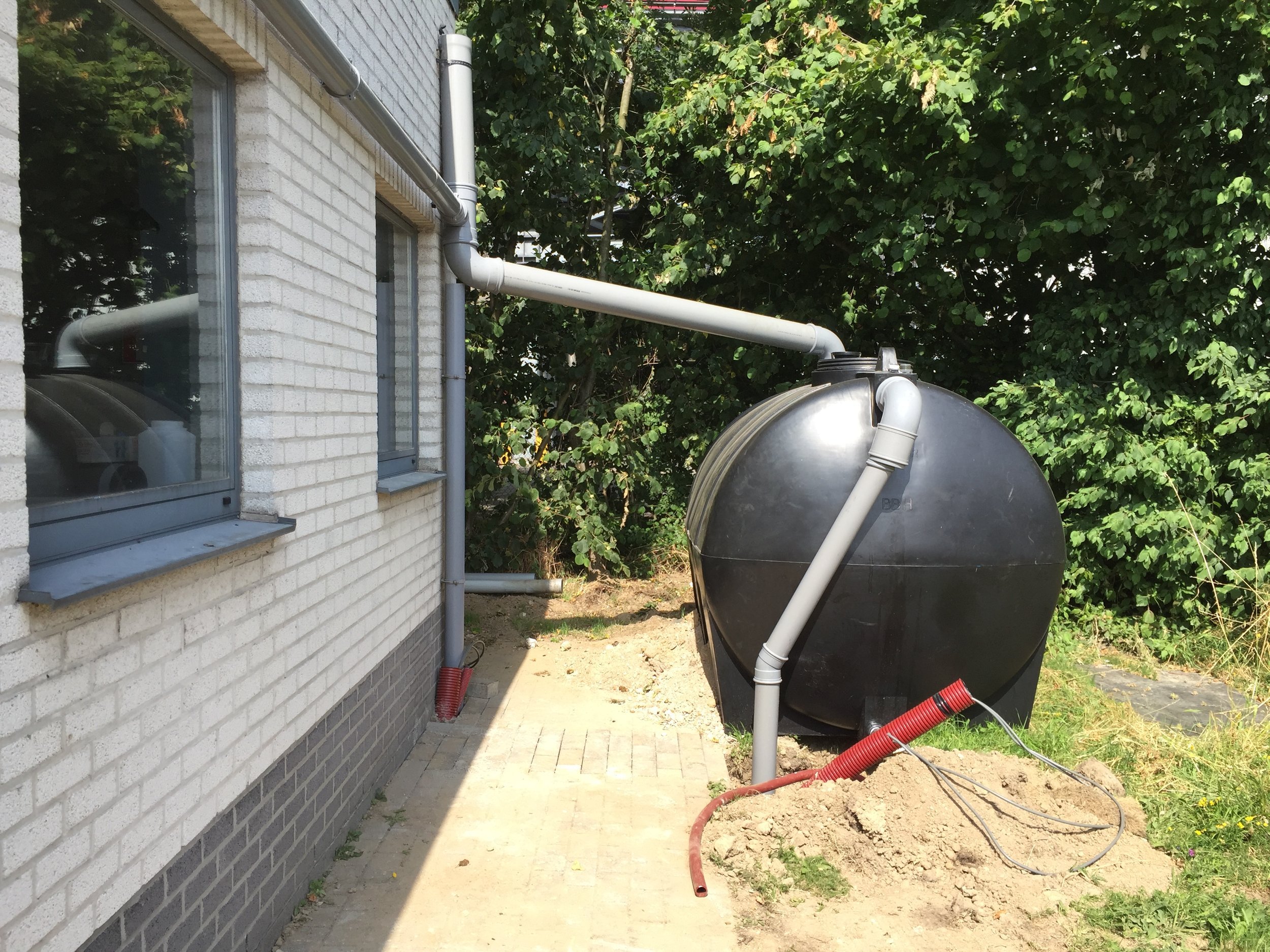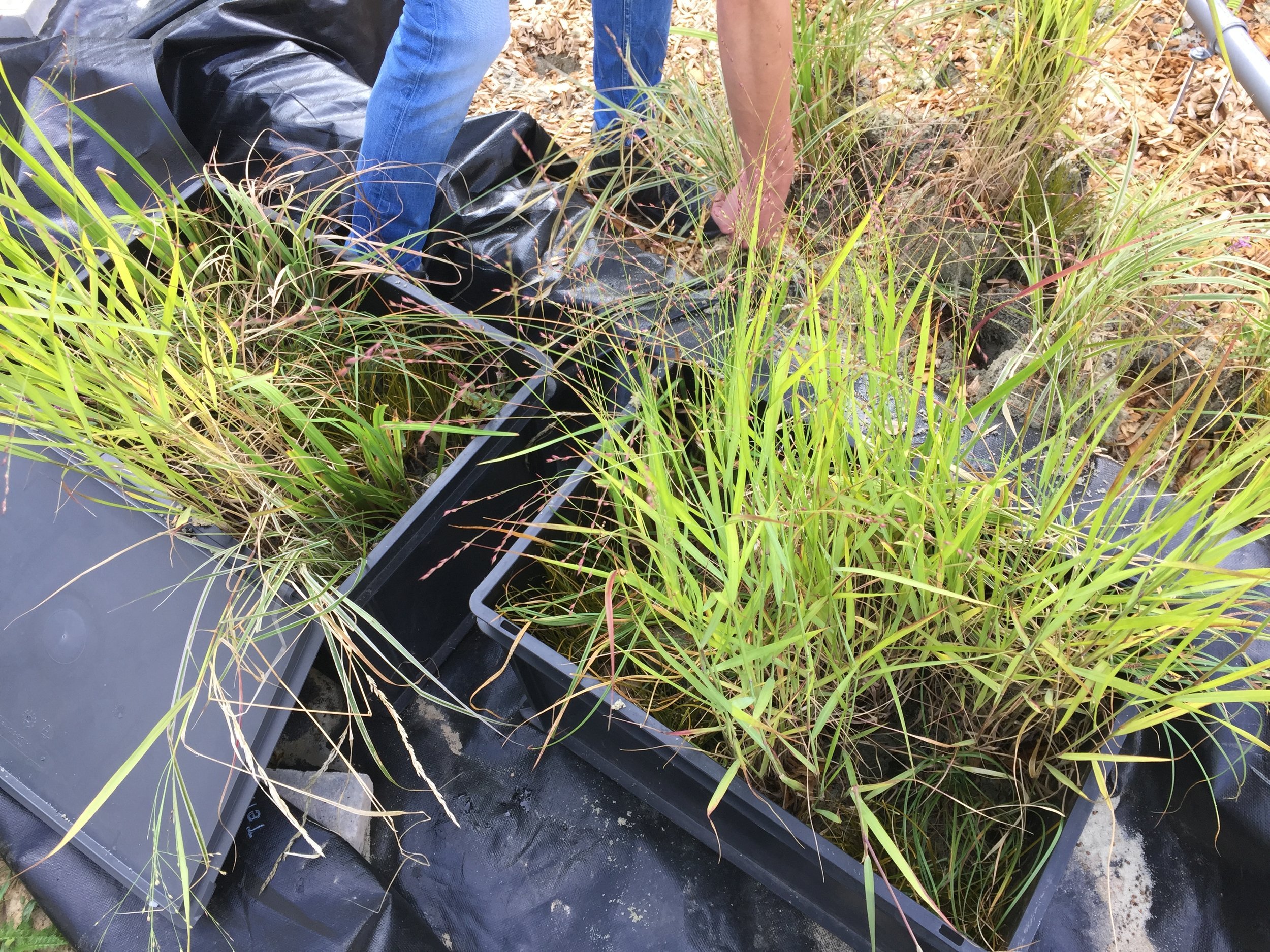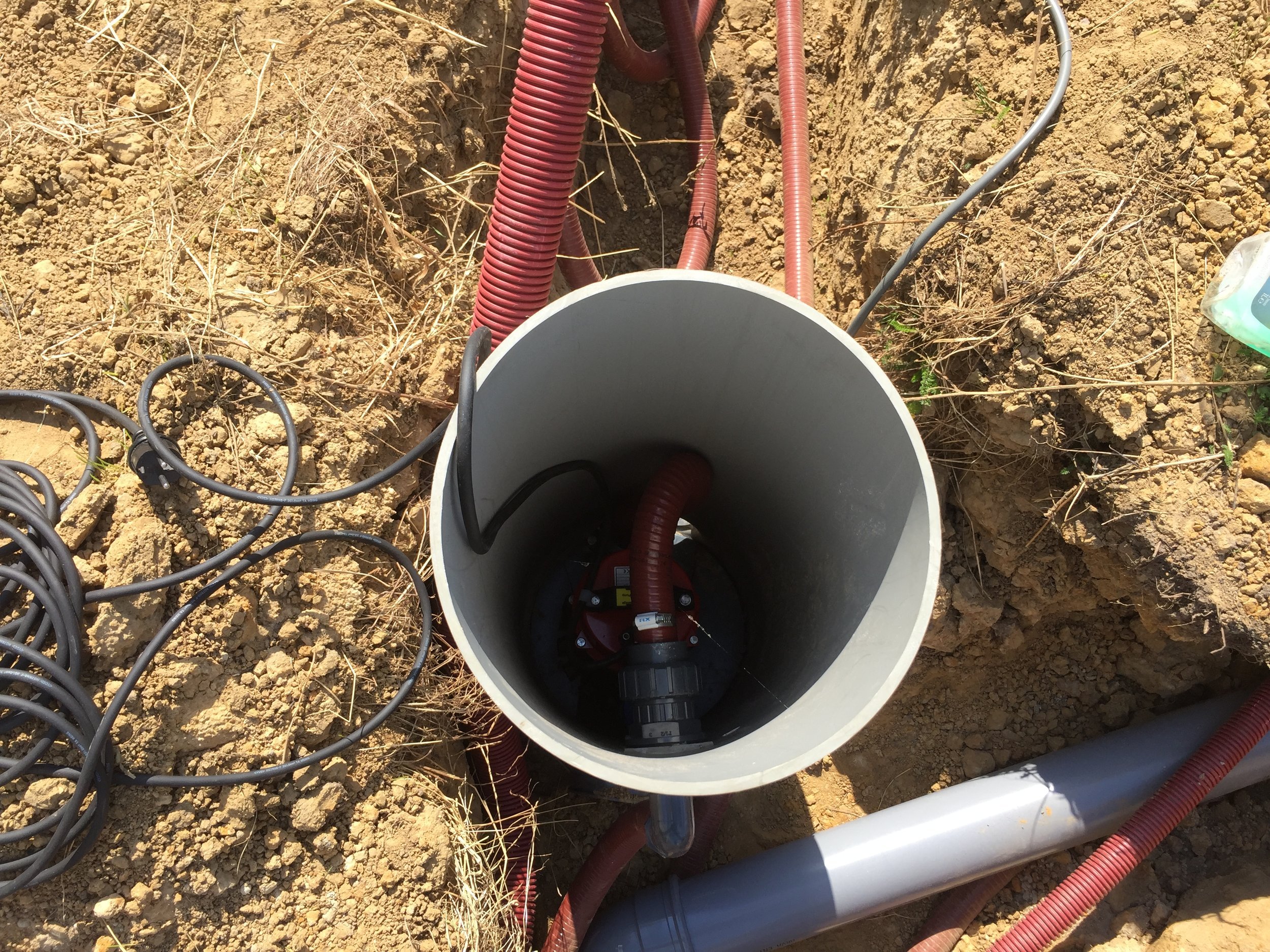First Bluebloqs system in Belgium ready for use!
In Flanders, with a view to climate change, there is a need to sustainably manage the city's wastewater. Our team has worked hard during the summer to build a test setup of the Bluebloqs biofilter at Aquafin in Aartselaar (BE), to explore the possibilities of Bluebloqs in this matter.
Field Factors and Aquafin work together within the CKIC Bluebloqs Demonstrator project to investigate the possibilities to use the Bluebloqs system as a circular solution to tackle flooding and drought in Flanders. By constructing a working prototype of the Bluebloqs system at the Aquafin research hall, a first step is made towards the intended realisation of a full-scale pilot in Flanders. In this article I tell more about our collaboration with Aquafin and the goals of testing our technology in Aartselaar.
Off to Belgium!
Aquafin is responsible for the processing of urban waste water in Flanders. Due to climate change, the need arose at Aquafin for innovative solutions to manage rainwater in the city in a more sustainable way. This resulted in a collaboration with Field Factors to investigate the possibilities for applying the Bluebloqs circular water system in Flanders. We are being supported by EIT Climate-KIC: the European Knowledge and Innovation Community that helps innovations in climate adaptation with upscaling. From the Climate KIC Bluebloqs Demonstrator project, Aquafin and Field Factors hope to achieve the following goals:
Understanding the laws and regulations in Flanders regarding rainwater reuse, in particular on deep infiltration.
Supporting the acceptance of the solution by water managers and end users.
Customize the configuration of the Bluebloqs biofilter to achieve the required degree of purification for the Flemish context, to be able to build the Bluebloqs system in a full-scale pilot next year.
Bird droppings and exhaust fumes
Rainwater is not as clean as it seems to be. Before a raindrop hits the street, it comes across particulate matter, exhaust gases, zinc roofs and bird droppings. Subsequently, all sorts of things flow into the sewer with this rainwater. As a result, rainwater contains a number of contaminants such as heavy metals, minerals and organic substances. (It is good to note that this rainwater is still less heavily polluted than household waste water, industrial water or sometimes surface water.) To guarantee safe reuse, we therefore have to improve the quality of the water considerably. We achieve this with our biological sand filter: the Bluebloqs Biofilter.
Test setup in Aartselaar
Certain natural processes take place in the biofilter that remove the contaminants from the rainwater. To better predict these processes, we have built a test setup at the Aquafin research hall in Aartselaar, where we will be conducting research in collaboration with TU Delft and Aquafin over the next two years. We regularly take water samples: before, during and after filtration. In addition, a computer model is setup by Pim to theoretically predict these processes. By comparing the lab results with the model results, we gain more insight in how we can improve the removal of heavy metals, among other things. With these insights we can adjust the filter for the Flemish context and increase the water quality so that reuse becomes possible.
In the photos above, you see how our team built the biofilter in recent weeks. We look forward to developing the demo in the coming period. Curious about the first results?






